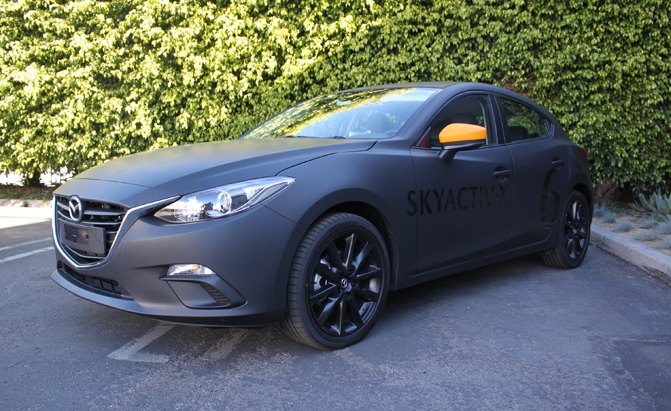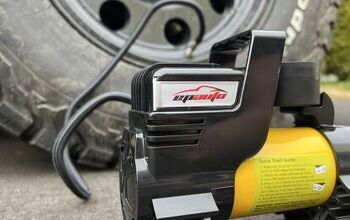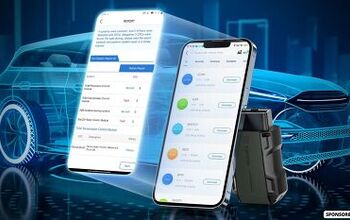6 Things That Can Go Wrong in a Prototype Vehicle

Prototype vehicles feature all the newest, most futuristic technology that no one has ever seen before. They’re used by automakers to test out new tech and iron out any issues, but because they’re pre-production and never to be seen by most of the public, they’re often fickle and extremely unfinished products.
These test vehicles are usually cobbled together, so they can be a little unstable. While we’ve seen extreme scenarios via spy photos of prototypes burning down after a catastrophic failure, some of the prototype vehicles I’ve had the pleasure of testing had less serious concerns.
For example, we recently tested a prototype of Mazda’s upcoming SkyActiv-X vehicle. It’s exciting and easy to get carried away with the task of testing something that won’t be put into a real car for a few years, but fortunately, the gravity of what can go wrong helps balance things out. Here’s everything we noticed wasn’t working and things we were warned about:
Brakes
The first thing we were told upon getting seated in the car is that occasionally the brakes won’t work. The engineer told me that it has happened during their independent testing, but it didn’t yet happen during the media drives of the prototypes … which could mean that the issue is long gone or that it’s more likely to happen while I’m driving. In case the brakes malfunctioned, there’s a giant red button on the dashboard that manually activates them. I just had to shout at the engineer to let him know the situation.
Gauges
For an event that was designed to show off the fuel economy and efficiency of a new engine, the prototype was lacking in any real in-car information. What made it worse was that I excitedly shouted, “Wow, these cars must be so efficient! After all these miles, the fuel gauge hasn’t even moved!” This was met with the engineer calmly explaining that the fuel gauge wasn’t working at all. And that they only had a rough estimate of how much fuel they have left. Suddenly, my range anxiety kicked in.
There was also a piece of tape covering up the instant fuel economy readout. It’s all a mystery!
ALSO SEE: SkyActiv-X is Mazda’s Secret Weapon for Fuel Economy
Vents
Besides the giant button, the Mazda3 prototype also had these crazy, big tubes coming out of the dashboard. Apparently, despite this car using pieces from a production vehicle for its interior, the vents weren’t included.
Windows
That same highly versatile tape that was found on the instant fuel readout was also covering the switches for the passenger side front window. I don’t know what would have happened if I tried to force my way through the tape, but I imagine that it would have been either a catastrophic failure of the car, or something Mazda didn’t want us to see like some super secret AI system that could make us feel love, inspired by that movie Her.
Knocks
Another interesting thing was that the engine tuning was clearly not finalized. How can one tell? The knocks and pings we heard a few times from under the hood were hard to miss. Interestingly enough, we heard the inadvertent combustion more often in the manual, six-speed equipped version of the test car, than we did in the automatic model.
Communication Systems
An important part of prototype testing is for the car to communicate with the engineer in the car so that they know that everything is working. In the SkyActiv-X prototype, we drove in, there’s a tablet mounted on the dashboard that communicates with the car to tell us when the vehicle is using spark ignition, compression ignition, or both. However, once during the drive, the tablet and car couldn’t find each other. That kind of problem won’t end the day as all that’s required is to restart the app on the tablet, but it just showcases the fickleness of prototype testing.
ALSO SEE: We Explain Mazda’s Fancy New SkyActiv-X Engine Tech in Layman’s Terms

Sami has an unquenchable thirst for car knowledge and has been at AutoGuide for the past six years. He has a degree in journalism and media studies from the University of Guelph-Humber in Toronto and has won multiple journalism awards from the Automotive Journalist Association of Canada. Sami is also on the jury for the World Car Awards.
More by Sami Haj-Assaad



































Comments
Join the conversation